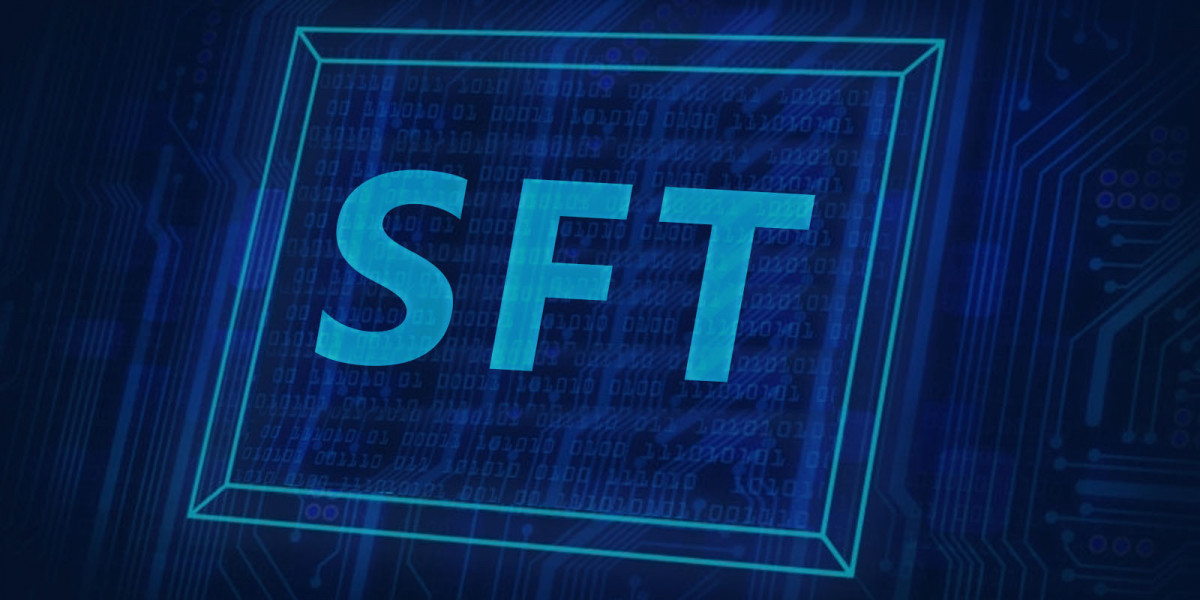We have almost passed half of 2024, where web3 has created a great impact on people all over the world. Web3 has projected itself as a profitable and successful model through investments in cryptocurrencies, particularly in fungible tokens and nonfungible tokens. These tokens have given rise to semi-fungible tokens (SFTs), which combine features from both fungible tokens and non-fungible tokens. These SFTs have gained the notable attention of web3 users all over the world and have also contributed a lot to the growth of the web3 ecosystem.
The Role of Semi-Fungible Tokens in Web3
Enhanced Tokenization
Semi-fungible tokens give you finer control and let you customize token features more. Not like regular tokens, semi-fungible tokens have special qualities and details. This enables the tokenization of a wider range of assets, such as collectibles, in-game items, and real-world assets.
Increased Interoperability
Semi-fungible tokens can be easily integrated with other tokens and smart contracts within the Web3 system. This interoperability allows for smooth transfer and interaction between different types of tokens, creating a more connected and efficient ecosystem.
Improved Governance and Compliance
Semi-fungible tokens can incorporate built-in governance mechanisms like voting rights or access control, which are important for decentralized organizations and protocols. These tokens can also enforce rules for following laws or limiting token transfers which will make
the environment safer and more compliant.
Improved User Experience
With unique attributes and characteristics, these tokens can create personalized and customizable experiences for token holders. This can include features like unlocking special content, accessing exclusive events, or participating in token-based rewards programs.
Improved Gaming Experiences
Usually, most game tokens are fungible and are used for buying various in-game assets. As players advance, these tokens can become unique, representing rare items or achievements. This flexible quality improves the gaming experience, offering both utility and collectible value.
Efficient Ticketing Systems
For events or programs, tickets can be issued as SFTs. Before starting the event, the tickets are in the form of fungible tokens and can also be traded or transferred easily. Once the event occurs, they can transform into non-fungible tokens with a potential future value. This dual nature improves the effectiveness of the ticketing process and adds a layer of uniqueness for attendees.
Versatile Loyalty Programs
Businesses can use SFTs for loyalty programs, where points initially act as fungible tokens. As customers reach certain milestones, these points can convert into unique rewards or badges. This will probably encourage more participation and also add an element of exclusivity and personalization to the rewards system.
Dynamic Supply Chain Management
In supply chain management, SFTs can be used to track and verify goods. Initially, the tokens can represent interchangeable items, ensuring smooth logistics. As goods reach different stages, the tokens can become unique and provide detailed information about the journey of each item.
Conclusion
On the whole, Semi-fungible tokens are a significant advancement in the Web3 ecosystem. These SFTs provide a flexible and efficient solution that meets the dynamic needs of the decentralized world. As Web3 continues to grow, the importance of semi-fungible tokens will gradually increase leading to a new world of innovation. So it is the perfect time for businesses to make use of these capabilities of SFTs by collaborating with a reputable semi fungible token development company. Only through them, you can enjoy the maximum benefits of these tokens and lead a successful business path.








